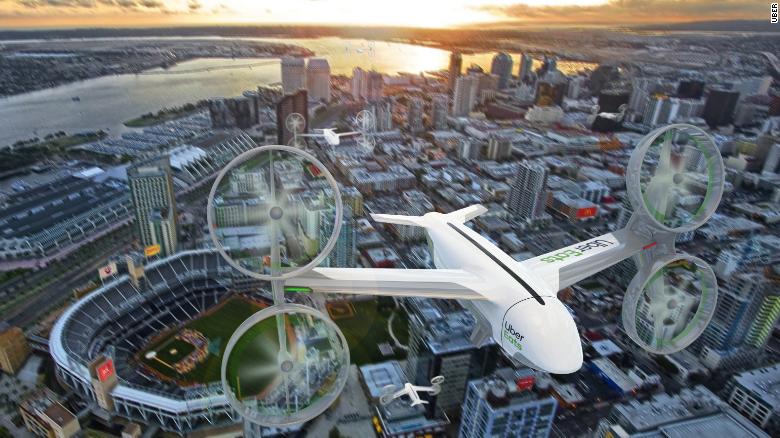Uber says it will start delivering McDonald’s by drone this summer

It has a few hurdles to overcome before the service launches, though.
The news: Uber Elevate, the company’s aerial arm, has said it will start delivering meals from McDonald’s and other local restaurants to households in San Diego this summer, Bloomberg reports. It will cost the same as a standard Uber Eats delivery but should eventually be quicker, Uber said.
But: Uber is still waiting for approval from the Federal Aviation Administration for the service. The company has promised it’ll be offering food deliveries by drone in multiple countries by 2023 (though it said 2021 last year, so take that with a pinch of salt).
Also, to be honest, the trial delivery process sounds a bit tortuous. Rather than delivering to your home, the drones will fly to designated zones, where couriers will pick up the goods and deliver them to your door.
Uber takes to the skies: It’s betting on a future where people not only want their food to travel by drone, but also fancy traveling that way themselves. Yesterday, Reuters reported that Melbourne, Australia, will be the third test site for Uber’s planned flying taxi service. The service will transport passengers from one of seven shopping centers in the city to its main international airport. The 19-kilometer trip should take 10 minutes, rather than the 25 minutes it normally takes by car.
Sign up here to our daily newsletter The Download to get your dose of the latest must-read news from the world of emerging tech.
Keep Reading
Most Popular
Large language models can do jaw-dropping things. But nobody knows exactly why.
And that's a problem. Figuring it out is one of the biggest scientific puzzles of our time and a crucial step towards controlling more powerful future models.
The problem with plug-in hybrids? Their drivers.
Plug-in hybrids are often sold as a transition to EVs, but new data from Europe shows we’re still underestimating the emissions they produce.
Google DeepMind’s new generative model makes Super Mario–like games from scratch
Genie learns how to control games by watching hours and hours of video. It could help train next-gen robots too.
How scientists traced a mysterious covid case back to six toilets
When wastewater surveillance turns into a hunt for a single infected individual, the ethics get tricky.
Stay connected
Get the latest updates from
MIT Technology Review
Discover special offers, top stories, upcoming events, and more.